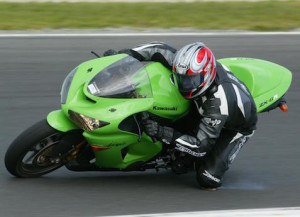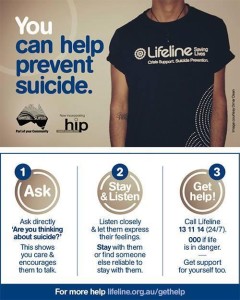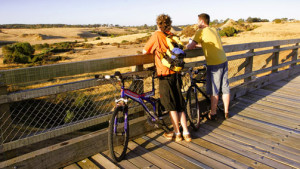 Brakes have come a long way from when I first started riding with many new bikes now fitted with sophisticated anti-lock braking systems.
Brakes have come a long way from when I first started riding with many new bikes now fitted with sophisticated anti-lock braking systems.
But even the most sophisticated modern anti-lock braking systems are not fool proof.
Most riders were either taught or learned that the majority of braking is from using the front brake. Some rear brake will help, but the majority of stopping power comes from the front brake.
Use on a road and on a racetrack varies to some degree, but the basics are similar.
Front tyres have more grip with some weight transferred to them. So a sharp or aggressive application of the front brake can activate the braking force prior to the weight transferring to the front tyre.
So the first rule of effective braking is to apply gentle pressure to the lever initially to transfer weight to the front tyre, before applying any meaningful lever force. Once the weight has been transferred, then the force applied can be increased.
On the road it is to best to carry out all or as much braking as you can while the bike is fully upright.
Braking can be carried out while the bike is leant over, however, the further the lean angle, the more cornering forces are being applied and the less braking forces the tyre will be able to accept before it breaks traction. So doing as much braking while the bike is fully upright is the best option.
This is not always possible. Add in a distraction, an obstacle mid turn, stopped traffic or a patch of gravel and you may need to use the front brake while the bike is leaning.
This is where a gentle hand is needed in order to carry out both braking and turning forces simultaneously.
Practice is the only way for you to find the limits. Track days and advanced rider training courses are the perfect environments for honing these skills
For the rest of this great article from “Motorbike Writer, Click on Motorbike writer


















Very good and informative. Thanks for your efforts.